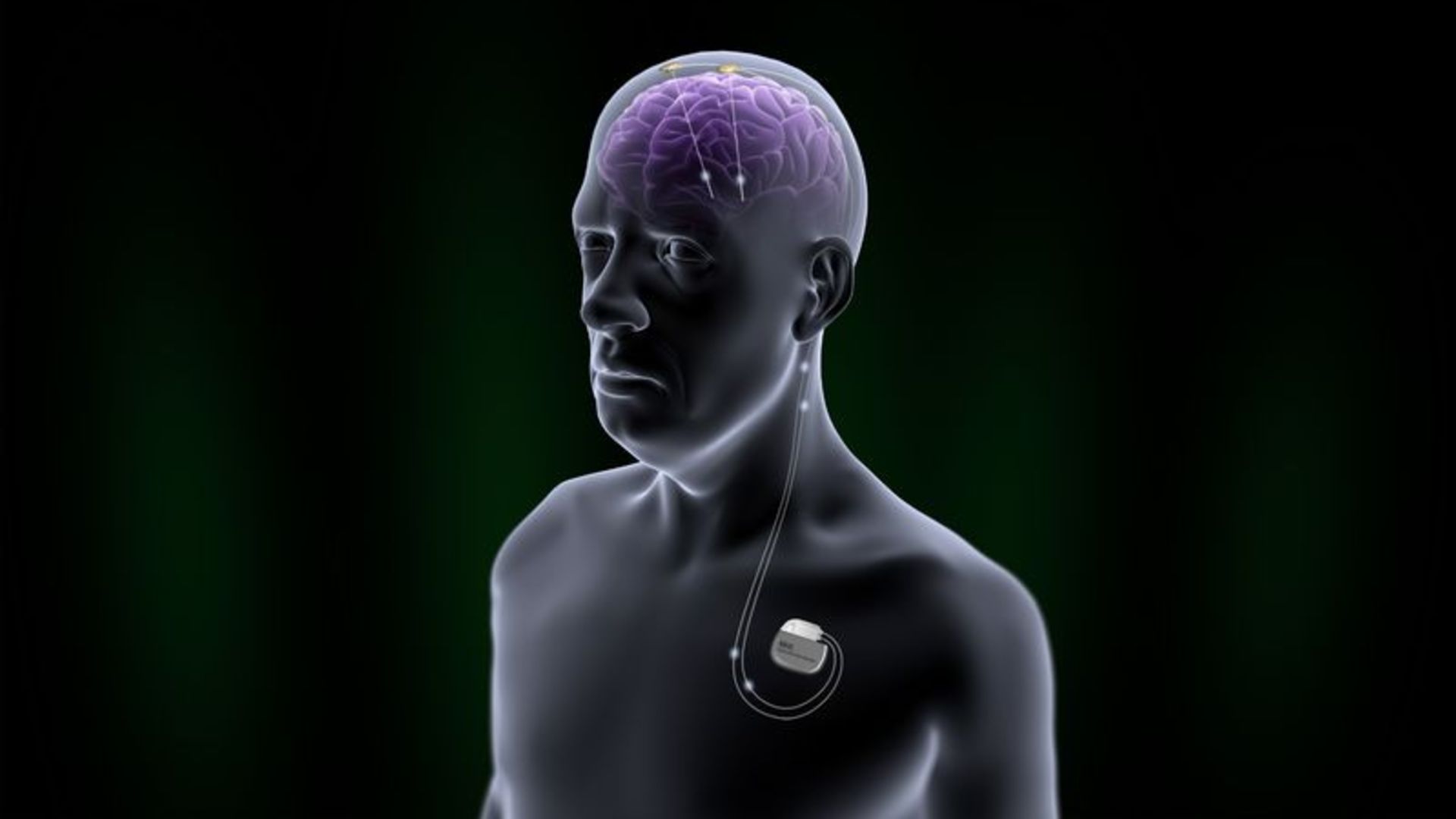
Deep Brain Stimulation (DBS) Therapy
Atasam Hospital offers services with a specialized team in deep brain stimulation (DBS) therapy. DBS therapy is an effective treatment option for patients with movement disorders such as Parkinson's disease, essential tremor, and dystonia. Utilizing all the capabilities of modern medicine and advanced technological equipment, we aim to improve the quality of life for our patients.
Deep Brain Stimulation (DBS) Therapy
Atasam Hospital offers services with a specialized team in deep brain stimulation (DBS) therapy. DBS therapy is an effective treatment option for patients with movement disorders such as Parkinson’s disease, essential tremor, and dystonia. Utilizing all the capabilities of modern medicine and advanced technological equipment, we aim to improve the quality of life for our patients.
What is Deep Brain Stimulation?
Deep brain stimulation involves a device that sends electrical impulses to specific areas of the brain through implanted electrodes. These impulses help regulate abnormal brain activities that cause movement disorders. This treatment is particularly beneficial for cases resistant to medication.
Treatment Process
Diagnosis and Evaluation:
Clinical Evaluation:
The patient’s medical history, symptoms, and response to current treatments are thoroughly assessed.
Imaging:
Imaging techniques such as brain MRI and CT scans are used to determine the precise locations for electrode placement.
Surgical Intervention:
Placement of Electrodes:
Thin electrodes are placed in targeted areas of the brain, typically performed under local anesthesia.
Insertion of the Neurostimulator:
The electrodes are connected to a neurostimulator (battery) implanted in the chest area. The neurostimulator is placed under the skin and delivers electrical impulses.
Adjustment and Monitoring:
Device Programming:
The DBS device is programmed to work optimally for the patient’s symptoms.
Regular Follow-Up:
Routine check-ups are conducted to monitor the treatment’s effectiveness and make necessary adjustments.
Areas of Treatment
Parkinson’s Disease:
DBS effectively reduces symptoms such as tremors, muscle stiffness, and bradykinesia in Parkinson’s patients.
Essential Tremor:
It is used to reduce tremors in patients with essential tremor who do not respond to medication.
Dystonia:
DBS is a significant treatment option for improving the quality of life in patients with dystonia, characterized by muscle contractions and twisting movements.
Advantages and Risks
Advantages:
Symptom Control:
DBS can significantly reduce the symptoms of movement disorders.
Quality of Life:
It enhances patients’ independence in daily activities.
Reduced Medication Needs:
It may decrease the need for medication and associated side effects.
Risks:
Infection:
There is always a risk of infection with surgical procedures.
Device Issues:
There can be malfunctions with the electrodes or the neurostimulator.
Brain Hemorrhage:
There is a rare risk of brain hemorrhage during electrode placement.
Conclusion
The Deep Brain Stimulation Therapy Center at Atasam Hospital is dedicated to improving the quality of life for patients with movement disorders using modern technologies and a specialized team. DBS therapy is planned and implemented with a multidisciplinary approach tailored to each individual patient.
